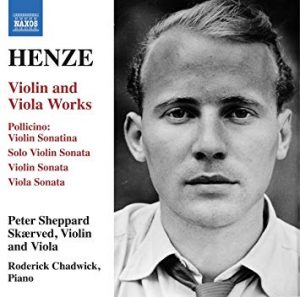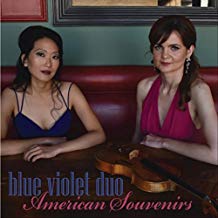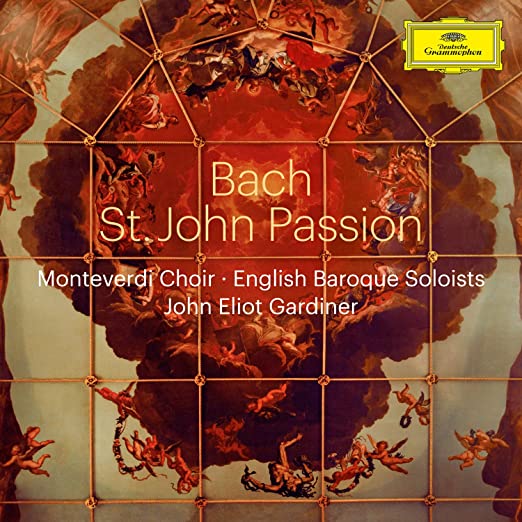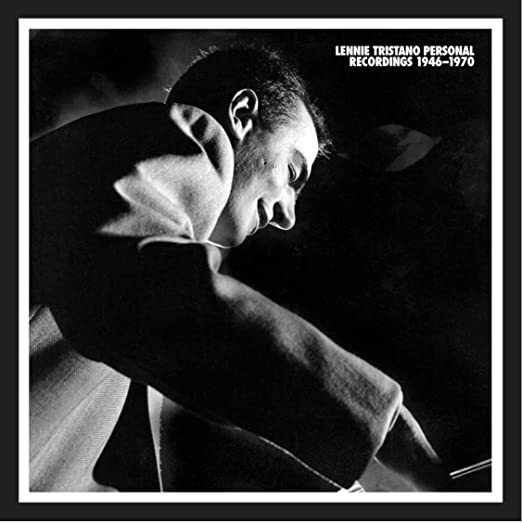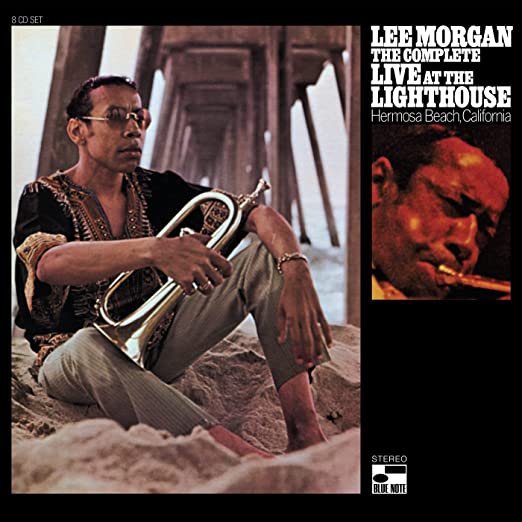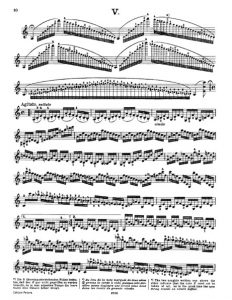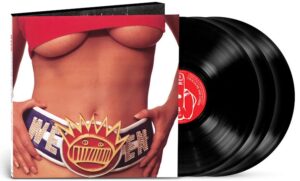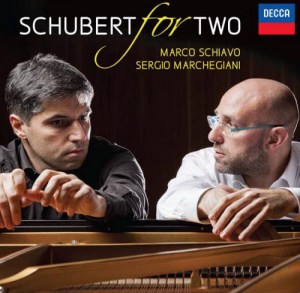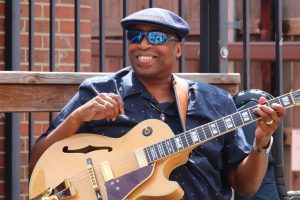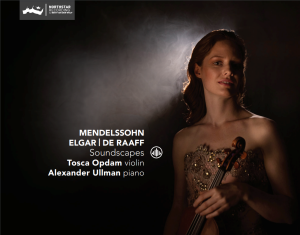Arvo Pärt. Mullova - Järvi. Onyx 4201. Darf ich..., Fratres, Passacaglia, Tabula rosa, I Ludus, II Silentium, Spiegel im Speigel]
I have never been drawn to the extremely popular and to be fair much admired Estonian contemporary composer, Arvo Pärt. I have found his music an example of the dictum that less may be less. It has struck me as music that occupies, perhaps defines, the border territory between genuine spirituality and new age pseudo-spirituality. Can there be genuine spirituality without religious faith? And if there can be, can music express it?
I will listen to anything Russian violinist Viktoria Mullova chooses to record, which is why I'm here. If anyone can find the secret to Pärt's appeal, surely it will be she. She will do it by avoiding the Gil Shaham school of ultra smoothness and let the honest, rosiny, unrefined brown sugar tone of the violin attempt to speak for the hard truth of genuine spirituality if it is to be found here. If there is such a thing as spiritual truth, it is not likely to be sweet and easy. It will be firm in order to confront the world it seeks to transcend. It will contain the struggle of opposition on the way, as we hear it in Bach's cantatas and masses. Those who know tell us there is no paradiso without an inferno or even a purgatorio. There is no easy slide directly into genuine bliss.
So what can Mullova tell us about Pärt's quest for spirituality in music? Through a program of six works, most well known to Pärt students and fans, Mullova gives this music its best hearing in my experience. She along with conductor Järvi and the Estonian National Symphony Orchestra, capture the music's obvious beauty but appear to agree among themselves to keep vibrato and legato at a conservative level. Mullova is on and off the notes with briskness, which is refreshing to my skeptical ears. The goal here seems to be, while avoiding both lushness and the overly spare, to achieve an unadorned aesthetic simplicity. And this is what I hear from them.
I am intentionally avoiding the term ‘minimalism' because while there are clear and superficial hints of that technique here, Pärt clearly avoids the reductive and sedative qualities of that ‘school.'
If there is or can be spiritual experience without religion and if music can express this possibility, I think Pärt (and Mullova) make a better argument for it than most. If Pärt is of interest to you or if this whole subject attracts you, this album is definitely where to go.
Beethoven Piano Trios, Volume 1. Trio con Brio Copenhagen. Orchid Classics ORC 100081.
The Trio con Brio Copenhagen are, as one might hope from their name, full of esprit. That is the first word that came to mind when I heard this recording on our local FM music station, WFCR as I drove around my home town of Amherst, Massachusetts. Their Beethoven leapt into my car with a perfect blend of joy, clarity, and tact. This is not bold Beethoven, it is simply and irresistibly joyous. Not at all superficial but refreshing. On first hearing, these performances forced all others, many truly enjoyable, to step aside for me. There is an energy to them that gives this much loved music new life. How's that for a rave intro?
This initial judgment was based on hearing Opus 1, No. 1, so I was curious, once I got the CD in my house, to hear how the group's energy and elan in this early Beethoven would hold up as they moved on to Opus 70, No. 1 "Ghost" and Opus 121, which essentially complete the program. Have no fear. In Opus 70, the esprit adds just the right and appropriate amount of weight and in Opus 121, it becomes forceful, eloquent, exquisite poise.
This is among the very best albums I've heard this year and Volume 2 has just been released. If you've enjoyed the recent release of Beethoven string quartets by the Elias Quartet, these will be just want you're looking for.
Henze, Violin and Viola Works. Peter Sheppard Skaerved, violin and viola. Roderick Chadwick, piano. Naxos 8.573886.
German second generation modernist, Hans Werner Henze (1926-2012) is one of my favorite second tier twentieth century composers, and this album is a good demonstration of why. Nothing he composed has rocked or altered the musical world: your life will not be incomplete if you never hear his work. But if you come to it for its virtues rather than its stature, I expect you'll stay, as I have.
Henze in much of the music here addresses the world with curiosity and skepticism. He searches, muses, sometimes fights his way as if through the underbrush of reality as modern intellectuals are accustomed to know it. This music is composed for a maximum of two instruments, so it has the quality of a musical mind on its own, figuring things out for itself. It feels very much of its time: the modern mind attempting to find or make meaning without the support of an established culture beneath it.
Most of this music was composed in the late 1970s. The Violin Sonata, composed in 1946, represents what is clearly an earlier mode of writing for him, feeling very English actually—melodious and wistful, suggesting that Henze came late to his high modernist style. I recommend starting out with his Viola Sonata (1979), which strikes me as getting the most out of Henze's mature style. It is somewhat bolder and more forthright, less a search than a statement. The voila's thicker and slightly darker tone pays special dividends in the upper mid and treble range. There, where the violin would be more penetrating, the viola enriches the overall presentation. The viola doesn't so much soften the work as give the feel of added depth and emotional weight.
Henze is not likely to draw you in on first hearing, so give him time and space to persuade you of his worth, which I promise you is there.
Blue Violet Duo. American Souvenirs. Kate Carter, violin; Louise Chan, piano. blue violet.com
American classical composers have been trying to absorb American blues and jazz for nearly ever, but with little success. There is something in the spirit of each genre that pulls in its own direction. The Blue Violet Duo have found four composers and five works that strike me as achieving success in this venture. They do this by not trying to occupy some imaginary gap between the two forms (a "third stream" as it has sometimes been called) but by keeping their feet securely in the classical world and borrowing, stealing, overhearing jazz and blues, letting the popular music's spirit color, inspire, inform it. The wiser, and as I say, more successful choice. The composers are Norman Dello Joio, William Bolcom, John Adams, and Paul Schoenfeld. An enjoyable and valuable release.
System used for this audition: Resolution Audio Cantata 3.0 CD player w/BlackJack power cord; Blue Circle 002i-EPS integrated amplifier; Jean Marie Reynaud Abscissa Jubilee loudspeakers; Crimson interconnects and speaker cable; Mapleshade Samson equipment rack.
Bob Neill, a former equipment reviewer for Enjoy the Music and Positive Feedback, is proprietor of Amherst Audio in Western Massachusetts which sells equipment from Audio Note (UK), Blue Circle (Canada), Crimson (UK), Jean Marie Reynaud (France), Resolution Audio (US), and Tocaro (Germany).






